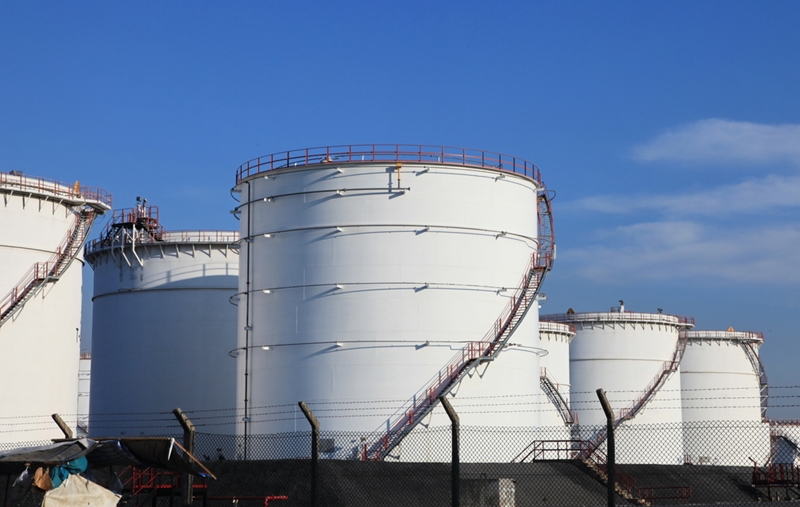This week has seen volatility in oil prices as a result of positive forecasts in global demand followed by an unexpected increase in supply.
Crude oil prices fall sharply after a brief period of optimism
On Wednesday, March 8, crude oil on the New York Mercantile Exchange fell $1.53, or 2.83 percent, during early morning trading, to $52.45 per barrel. A report by the U.S. Energy Information Administration indicated that crude oil inventories had increased by 10.9 million barrels in the week ending April 3, versus the 3.5 million barrels that were anticipated, reported Nasdaq. The supply glut, among other factors, contributed to the drop.
"The sharp decline in oil prices, due to excess supply, dismayed some investors, as the day before, oil futures had rallied and approached 2015 highs."
The sharp decline in oil prices, due to excess supply, dismayed some investors, as the day before, oil futures had rallied and approached 2015 highs, bolstered by forecasts for lower U.S. crude production and higher global demand. The price per barrel had reached a high of $54.15 before falling back down to $50.82 per barrel, noted Reuters.
The supply glut will make a comeback in oil prices a long and volatile process
Saudi Arabia's Oil Minister Ali al-Naimi had reiterated the kingdom's position and the Organization of the Petroleum Exporting Countries' willingness to help "improve" oil prices, reported Reuters. Senior Partner Dominick Chirichella at Energy Management Institute in New York explained that Naimi's comments had inspired optimism before prices declined.
"Naimi saying again his comment about being ready to act if other producers cooperate added to two days of bullishness," said Chirichella, according to the news source.
 U.S. oil reserves came it at higher levels than expected.
U.S. oil reserves came it at higher levels than expected. ABN Amro pointed out, however, that Saudi Arabia and OPEC had no real intention of reducing oil production, noted MarketWatch. The bank explained that if OPEC cut production, non-OPEC countries like Canada and the U.S. would simply make up for the shortage.
"In other words, the OPEC would merely lose market share without achieving its objective of raising oil prices," the ABN Amro report said.
Interestingly, the bank pegged the ideal price of oil at somewhere around $80 a barrel. Reaching this mark, the report added, would be a long process fret with lots of volatility. It remains to be seen how the world can work through oil reserves and increase prices to healthy levels. Despite the negative effect on the commodities market, consumer prices may stand to benefit from the drop.
SOURCE: Daniels Trading – Read entire story here.
